10 Best Values in Private Colleges Under $20K, 2014
When it comes to college costs, the price tag often has little resemblance to what students actually pay.


When it comes to college costs, the price tag often has little resemblance to what students actually pay. The net price -- the annual cost in tuition, fees, room, board and books after need and merit-based aid -- at private institutions is typically about half the sticker price.
These ten schools from our annual rankings of the best private college values do better than typical. Although the majority of them have high sticker prices (at three schools, the sticker price approaches $60,000), each has a net price of less than $17,000 for most students after need-based aid is figured in. Students who borrow from these schools walk away with less -- often much less -- than the average student debt of about $27,000.
As you click through the slides, expect to see a diverse group of schools from around the country. Six are liberal arts colleges, and four are private universities. Enrollments are as small as 400 and as large as 30,000. Three of them are among the top five in overall our rankings for private universities and liberal arts colleges.

1. Berea College
- Location: Berea, Ky.
- Undergraduate enrollment: 1,658
- Total annual cost: $7,920
- Avg. need-based aid: $3,469
- Avg. net cost: $4,451
- Kiplinger's rank: #63 among liberal arts colleges
The secret to Berea’s super-affordable net price is that the school awards each admitted student a full four-year tuition scholarship--full freight. Room, board, fees and books may be covered by other scholarships or through loans and savings. Berea Mountaineers shell out less than $5,000, on average, for their education, and students who borrow graduate with just $7,224 in average debt. Berea admits only students with financial need. More than half come from families where neither parent has a college degree.

2. Brigham Young University
- Location: Provo, Utah
- Undergraduate enrollment: 31,060
- Total annual cost: $17,942 (non-Mormon); $13,092 (Mormon)
- Avg. need-based aid: $4,603
- Avg. net cost: $13,339 (non-Mormon); $8,489 (Mormon)
- Kiplinger's rank: #32 among private universities
BYU is probably best-known for serving the Mormon community. The school is sponsored by The Church of Jesus Christ of Latter-day Saints, and members of the church get an almost $5,000 tuition break. But both Mormons and non-Mormons pay less than $18,000 to attend the institution. Fewer than one-third of students borrow, and those who do borrow graduate with an average debt of less than $15,000.
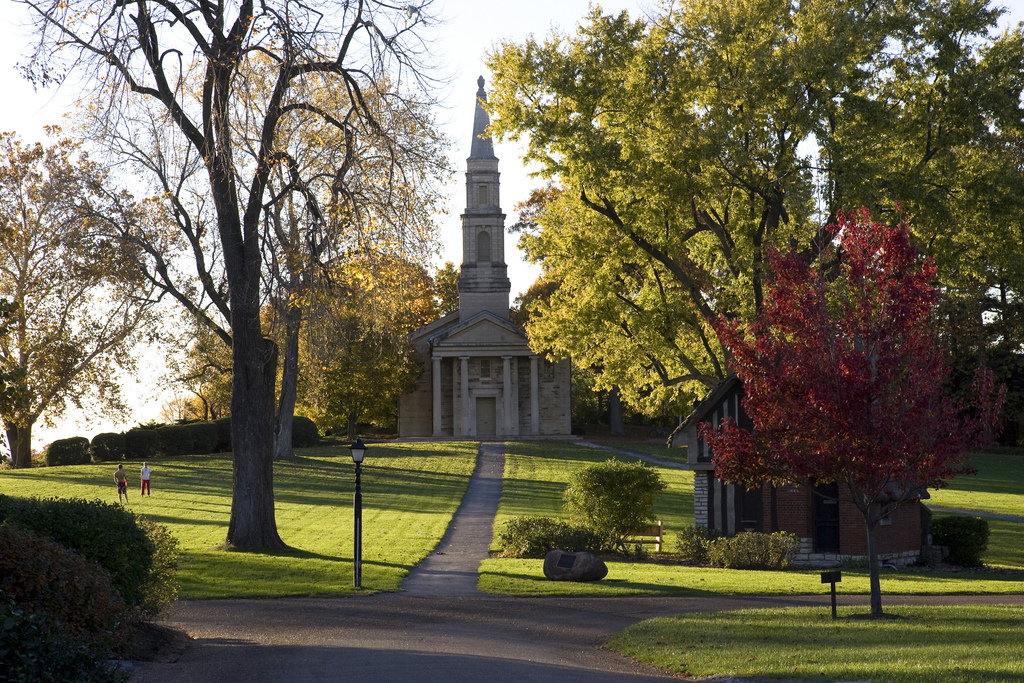
3. Principia College
- Location: Elsah, Ill.
- Undergraduate enrollment: 489
- Total annual cost: $37,480
- Avg. need-based aid: $22,681
- Avg. net cost: $14,799
- Kiplinger's rank: #56 among liberal arts colleges
Perched on bluffs overlooking the Mississippi River 45 miles from St. Louis, this tiny liberal arts college is a National Historic Landmark. Although it’s not affiliated with the Christian Science church, church principles form the backdrop of college culture. Students who borrow graduate with less than $22,000 in debt, better than the national average.
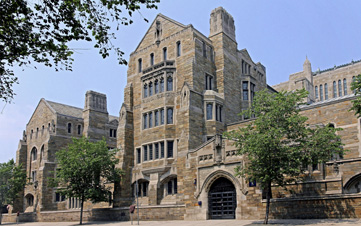
4. Yale University
- Location: New Haven, Conn.
- Undergraduate enrollment: 5,405
- Total annual cost: $58,550
- Avg. need-based aid: $43,115
- Avg. net cost: $15,435
- Kiplinger's rank: #1 among private universities
Our top-ranked private university for the second consecutive year has an extensive student aid program. For those who gain entry (only 7% of applicants), Yale meets 100% of need and extends need-based aid to families earning as much as $200,000 per year. Just 17% of undergraduates borrow, and they graduate with a little more than $10,000 in debt, on average.

5. Amherst College
- Location: Amherst, Mass.
- Undergraduate enrollment: 1,817
- Total annual cost: $59,714
- Avg. need-based aid: $43,424
- Avg. net cost: $16,290
- Kiplinger's rank: #5 among liberal arts colleges
At almost $60,000, the sticker price at Amherst might look shocking, but $43,424 in need-based aid brings the average net price to just $16,290. Less than one-third of students borrow to attend this top-notch liberal arts college, and they graduate with an average debt that’s less than $15,000.
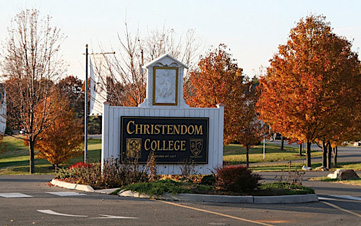
6. Christendom College
- Location: Front Royal, Va.
- Undergraduate enrollment: 388
- Total annual cost: $31,650
- Avg. need-based aid: $15,192
- Avg. net cost: $16,458
- Kiplinger's rank: #49 among liberal arts colleges
Overlooking the Shenandoah River in the shadow of the Blue Ridge Mountains, this small, Roman Catholic college provides an 86-hour core curriculum that includes such subjects as theology, philosophy, literature, political science, mathematics and the natural sciences. Founded in 1977, the school attracts students from 45 states and seven foreign countries. It provides generous need-based aid to 77% of its students and merit aid to 96% of undergraduates without need. Christendom meets 90% of financial need in no-loan packages averaging more than $15,000.
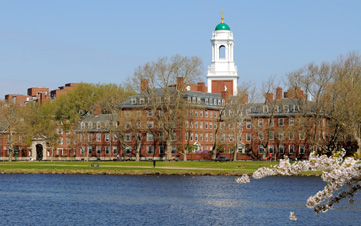
7. Harvard University
- Location: Cambridge, Mass.
- Undergraduate enrollment: 6,658
- Total annual cost: $57,497
- Avg. need-based aid: $40,950
- Avg. net cost: $16,547
- Kiplinger's rank: #4 among private universities
America’s oldest college also has one of the most generous financial-aid packages among Ivy League schools, thanks in part to its huge endowment valued at $33 billion as of September. With an average need-based-aid per student of more than $40,000, the net cost drops by a sharp 71%. Harvard provides full aid to 63% of undergraduates who receive need-based assistance. The school recently launched a $6.5 billion capital campaign -- the largest fund-raising effort to date in higher education if successful -- that would, in part, help fund research into neuroscience, stem cell science and energy.

8. Wofford College
- Location: Spartanburg, S.C.
- Undergraduate enrollment: 1,568
- Total annual cost: $45,795
- Avg. need-based aid: $28,915
- Avg. net cost: $16,880
- Kiplinger's rank: #32 among liberal arts colleges
This liberal arts college, affiliated with the United Methodist Church, offers 25 majors and 17 minors in fields including economics, intercultural studies and computer science. Founded in 1854, the pre-Civil War college provides generous need-based financial aid, dropping the sticker price by nearly two-thirds on average. Merit aid averaging $14,769 helps students who do not qualify for need-based aid.

9. Centenary College of Louisiana
- Location: Shreveport, La.
- Undergraduate enrollment: 698
- Total annual cost: $42,175
- Avg. need-based aid: $25,230
- Avg. net cost: $16,945
- Kiplinger's rank: #74 among private universities
The oldest chartered liberal arts college west of the Mississippi River, this small school is also affiliated with the United Methodist Church, like Wofford. More than half of its students qualify for need-based aid, and half of students without need qualify for merit aid. Need-based aid helps drive down the total annual cost to students who qualify by 60%, making this one of the most affordable colleges in the South on our combined list of private universities and liberal arts colleges.
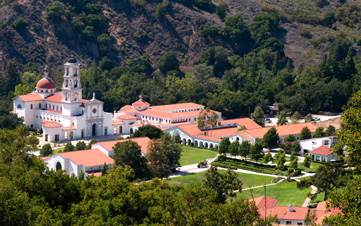
10. Thomas Aquinas College
- Location: Santa Paula, Cal.
- Undergraduate enrollment: 370
- Total annual cost: $32,450
- Avg. need-based aid: $15,498
- Avg. net cost: $16,952
- Kiplinger's rank: #41 among liberal arts colleges
For 42 years, this small, Roman Catholic college has provided a curriculum based on “the great books” -- by its description, “seminal texts that have, for good or for ill, animated Western civilization . . . [speaking] to the reality at the core of human experience.” Teachers guide small groups of students (the student-faculty ratio is 12-to-one) in Socratic discussions. Thomas Aquinas’s classics-based education is affordable, too. Its modest sticker price of $32,450 -- one of the lowest for private colleges on our list -- drops nearly 50%, on average, after need-based aid is applied. Although it doesn’t offer merit aid, Thomas Aquinas does meet 100% of need; 81% of students qualify for this aid.

Get Kiplinger Today newsletter — free
Profit and prosper with the best of Kiplinger's advice on investing, taxes, retirement, personal finance and much more. Delivered daily. Enter your email in the box and click Sign Me Up.
Susannah Snider worked as a research-reporter and staff writer at Kiplinger Personal Finance Magazine. She went on to serve as managing editor for money at U.S. News, overseeing articles and content covering real estate, personal finance and careers. She is a certified financial planner professional and earned her CFP marks in 2019.
-
 Easing the Challenges of Caring for Aging Parents
Easing the Challenges of Caring for Aging ParentsHere are some strategies that can help reduce the effort and stress involved.
By Mario Hernandez
-
 How to Access Private Markets with Interval Funds
How to Access Private Markets with Interval FundsLet's explore how interval funds work — and how they're opening the doors to private market investing.
By Nicholas Pope
-
 What to Do With Your Tax Refund: 6 Ways to Bring Growth
What to Do With Your Tax Refund: 6 Ways to Bring GrowthUse your 2024 tax refund to boost short-term or long-term financial goals by putting it in one of these six places.
By Rachael Green
-
 What Does Medicare Not Cover? Eight Things You Should Know
What Does Medicare Not Cover? Eight Things You Should KnowHealthy Living on a Budget Medicare Part A and Part B leave gaps in your healthcare coverage. But Medicare Advantage has problems, too.
By Donna LeValley
-
 15 Reasons You'll Regret an RV in Retirement
15 Reasons You'll Regret an RV in RetirementMaking Your Money Last Here's why you might regret an RV in retirement. RV-savvy retirees talk about the downsides of spending retirement in a motorhome, travel trailer, fifth wheel or other recreational vehicle.
By Bob Niedt
-
 The Six Best Places to Retire in New England
The Six Best Places to Retire in New Englandplaces to live Thinking about a move to New England for retirement? Here are the best places to land for quality of life, affordability and other criteria.
By Stacy Rapacon
-
 The 10 Cheapest Countries to Visit
The 10 Cheapest Countries to VisitWe find the 10 cheapest countries to visit around the world. Forget inflation woes, and set your sights on your next vacation.
By Quincy Williamson
-
 15 Ways to Prepare Your Home for Winter
15 Ways to Prepare Your Home for Winterhome There are many ways to prepare your home for winter, which will help keep you safe and warm and save on housing and utility costs.
By Donna LeValley
-
 Six Steps to Get Lower Car Insurance Rates
Six Steps to Get Lower Car Insurance Ratesinsurance Shopping around for auto insurance may not be your idea of fun, but comparing prices for a new policy every few years — or even more often — can pay off big.
By Donna LeValley
-
 How to Increase Credit Scores — Fast
How to Increase Credit Scores — FastHow to increase credit scores quickly, starting with paying down your credit card debt.
By Lisa Gerstner
